
The Great Synagogue (right) and the Judaic Library (left), Warsaw. Photograph by K. Wojutyński, 1936–39. The Judaic Library housed the Jewish Self-Help organization during the war and is now the Emanuel Ringelblum Jewish Historical Institute. (Courtesy of the Emanuel Ringelblum Jewish Historical Institute in Warsaw, Poland)

Members of a pioneer training commune in Jedrzejów, 1935. Zivia Lubetkin is standing third from the right. (Courtesy of Ghetto Fighters’ House Museum, Photo Archive)
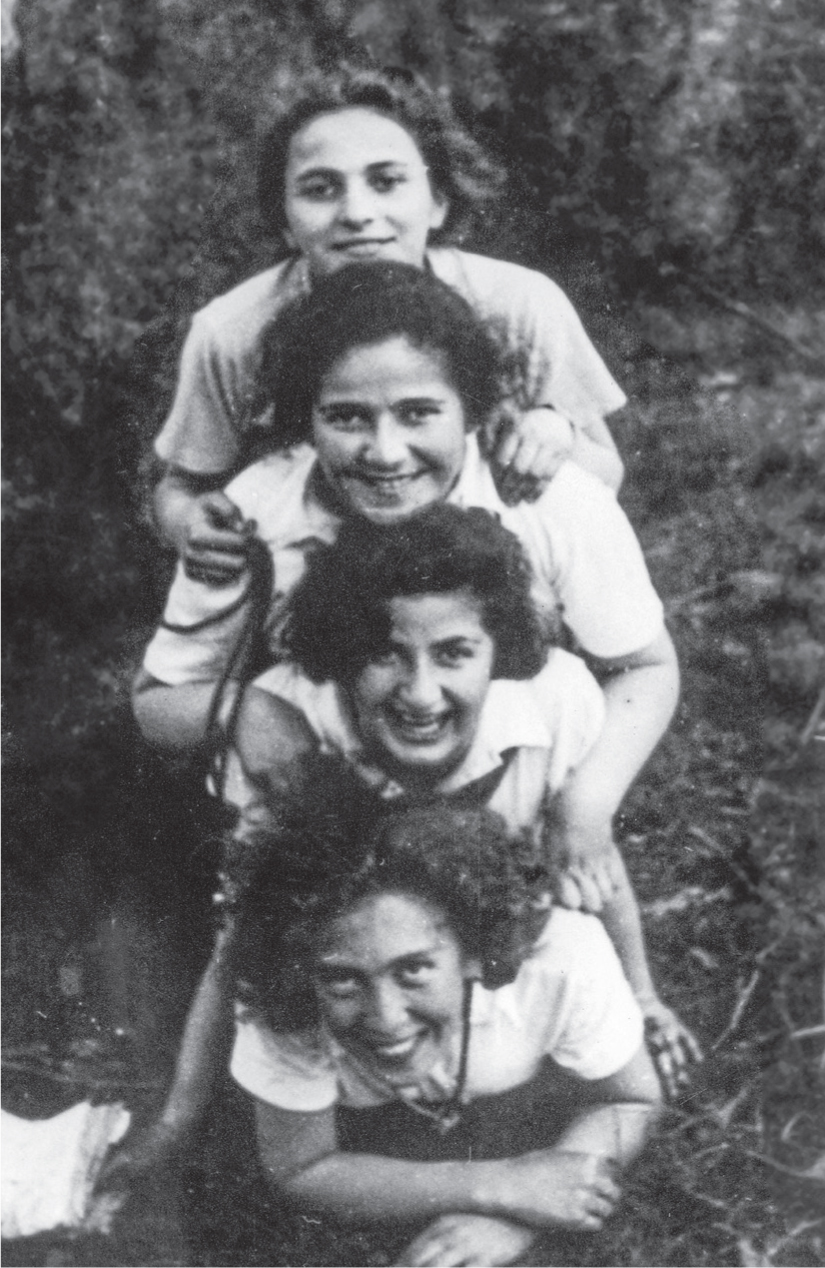
Members of The Young Guard in Włocławek, Poland, during Lag BaOmer, 1937. Tosia Altman is at the bottom. (Courtesy of Yad Vashem Photo Archive, Jerusalem. 1592/1)
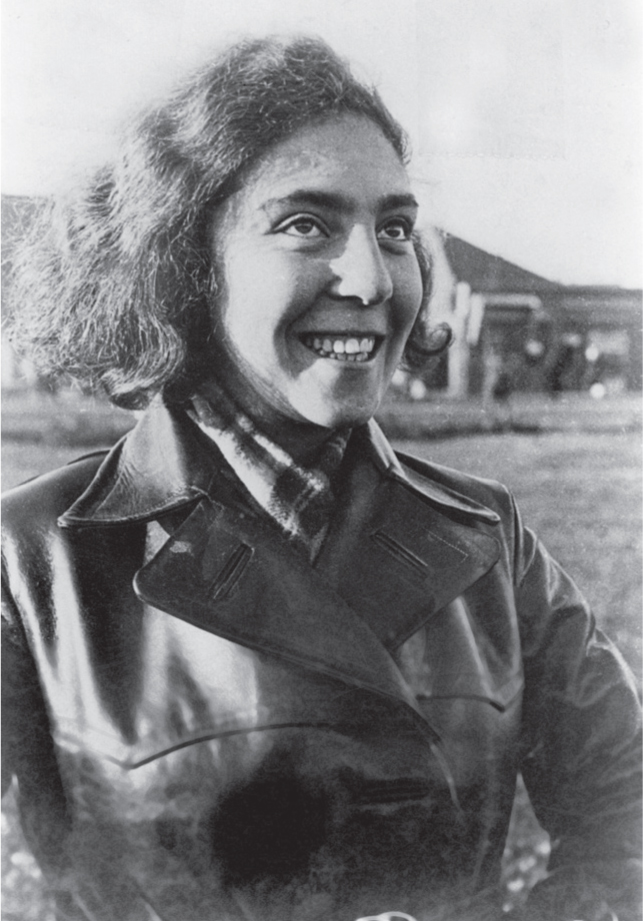
Tosia Altman. (Courtesy of Moreshet, Hashomer Hatzair Archives)
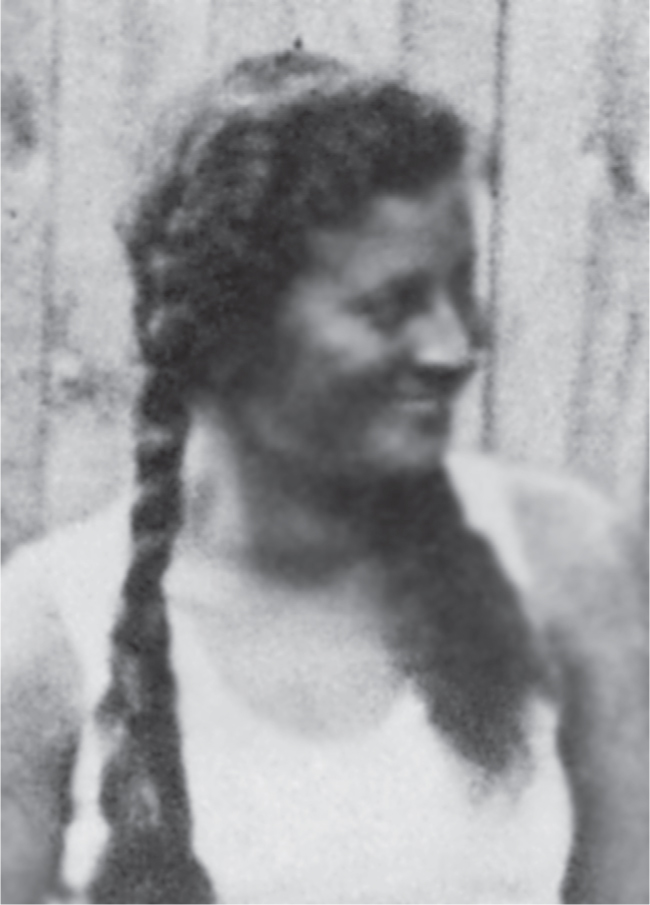
Hantze Płotnicka during her stay at a pioneer training commune in Baranowice, 1938. (Courtesy of Ghetto Fighters’ House Museum, Photo Archive)
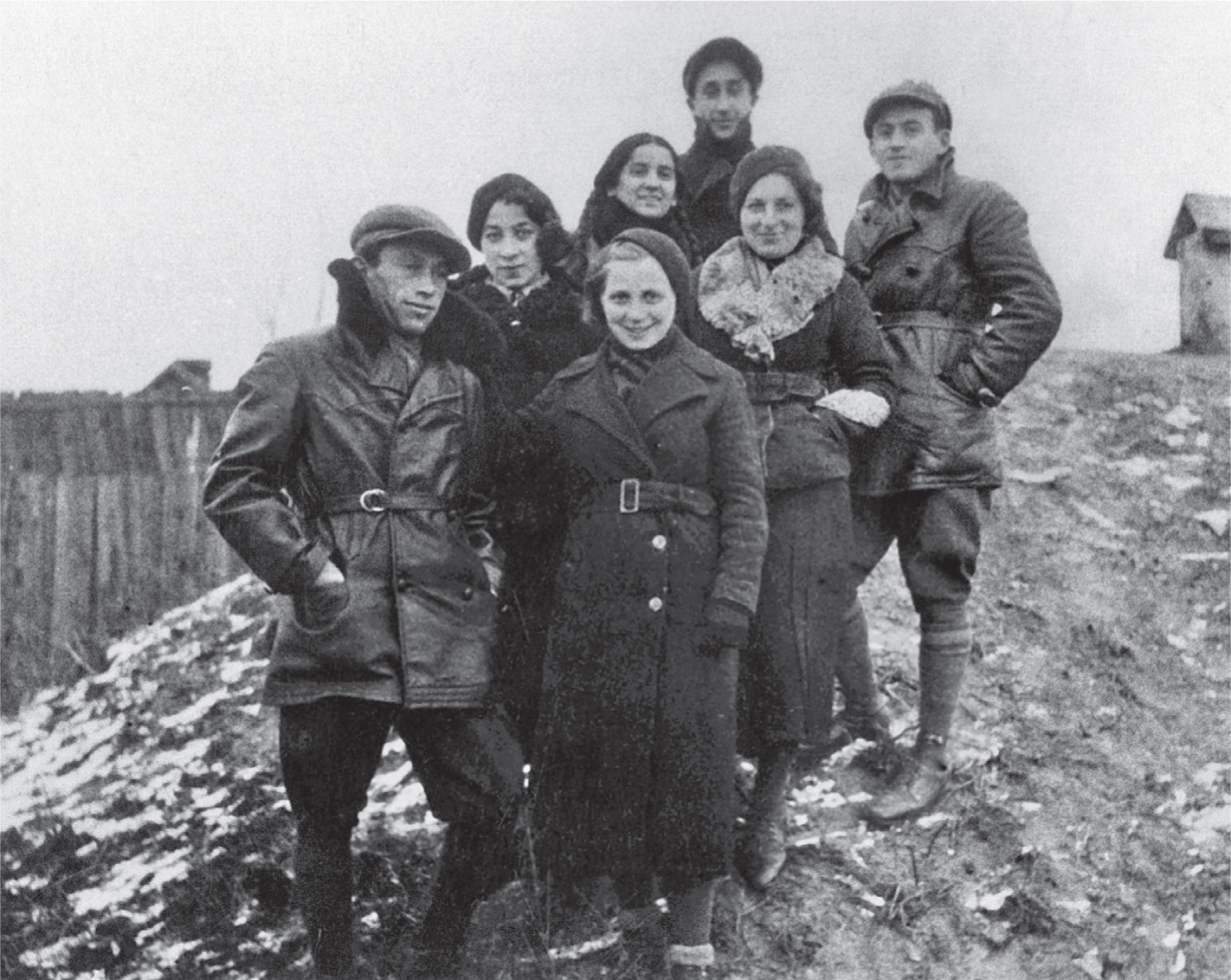
Comrades from the pioneer training commune in Białystok, 1938. Frumka Płotnicka is standing second from the right. (Courtesy of Ghetto Fighters’ House Museum, Photo Archive)

Gusta Davidson (left) and Minka Liebeskind at an Akiva summer camp, 1938. They both became members of the Kraków ghetto underground. (Courtesy of Ghetto Fighters’ House Museum, Photo Archive)
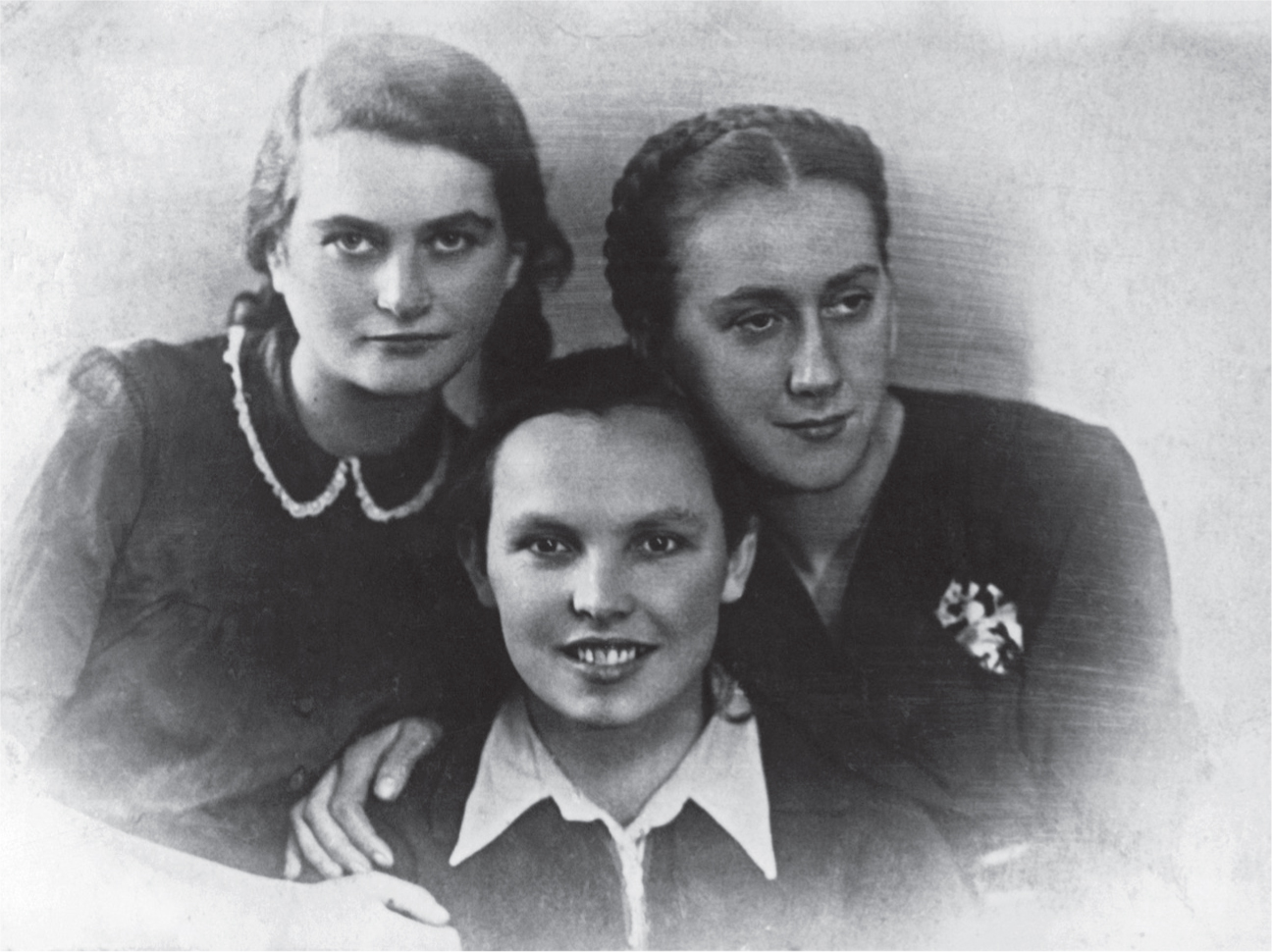
Left to right: Tema Schneiderman, Bela Hazan, and Lonka Kozibrodska. Photograph taken at a Gestapo Christmas party, 1941. (Courtesy of Yad Vashem Photo Archive, Jerusalem. 3308/91)
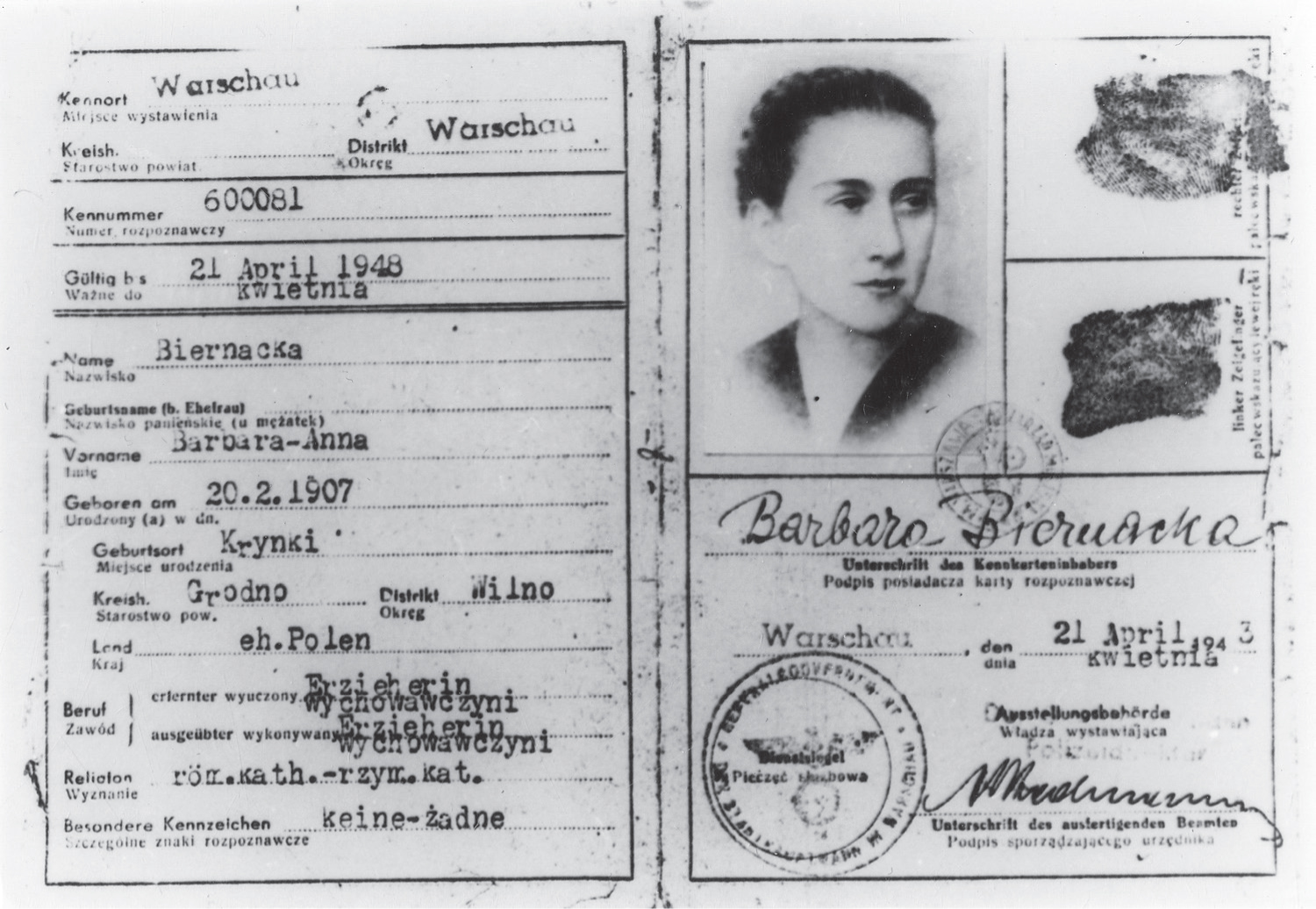
One of Lonka Kozibrodska’s forged Aryan identity cards, 1943. (Courtesy of Ghetto Fighters’ House Museum, Photo Archive)
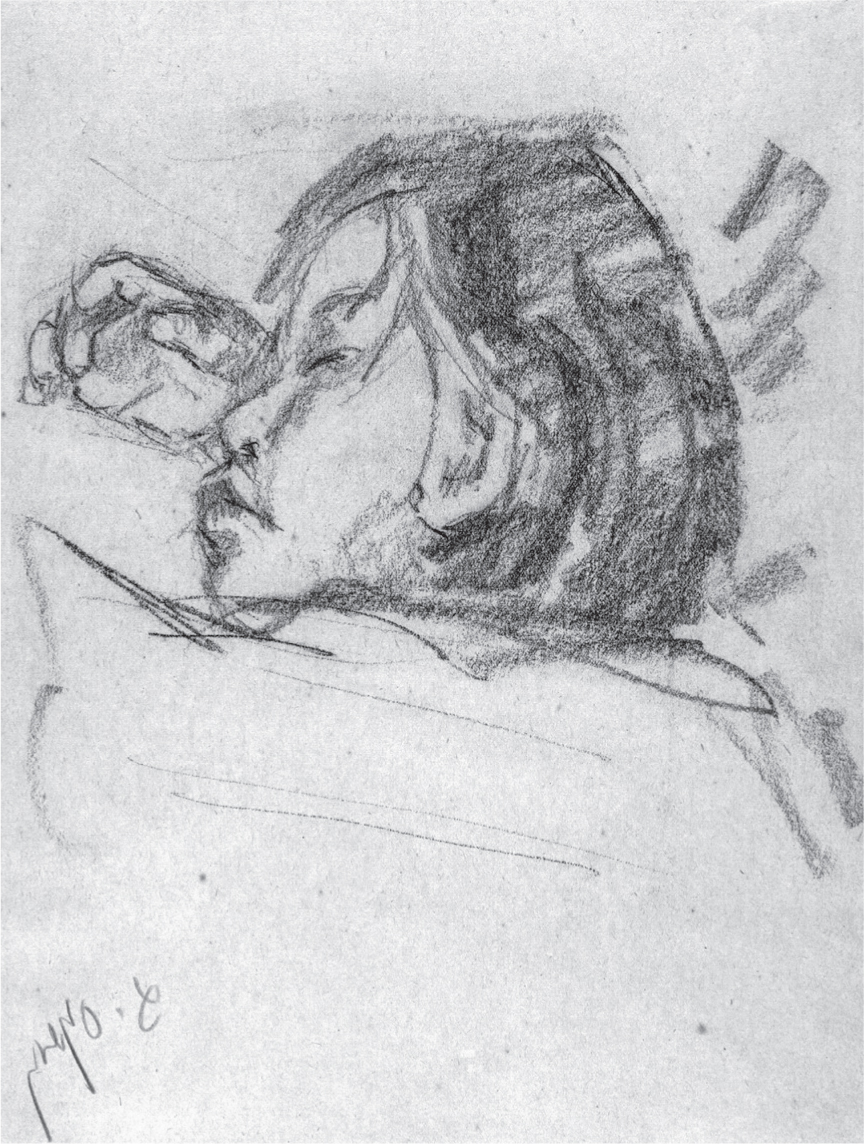
Margolit Lichtensztejn. Sleeping Girl, crayon on paper, by Gela Seksztajn. (Courtesy of the Emanuel Ringelblum Jewish Historical Institute in Warsaw, Poland)
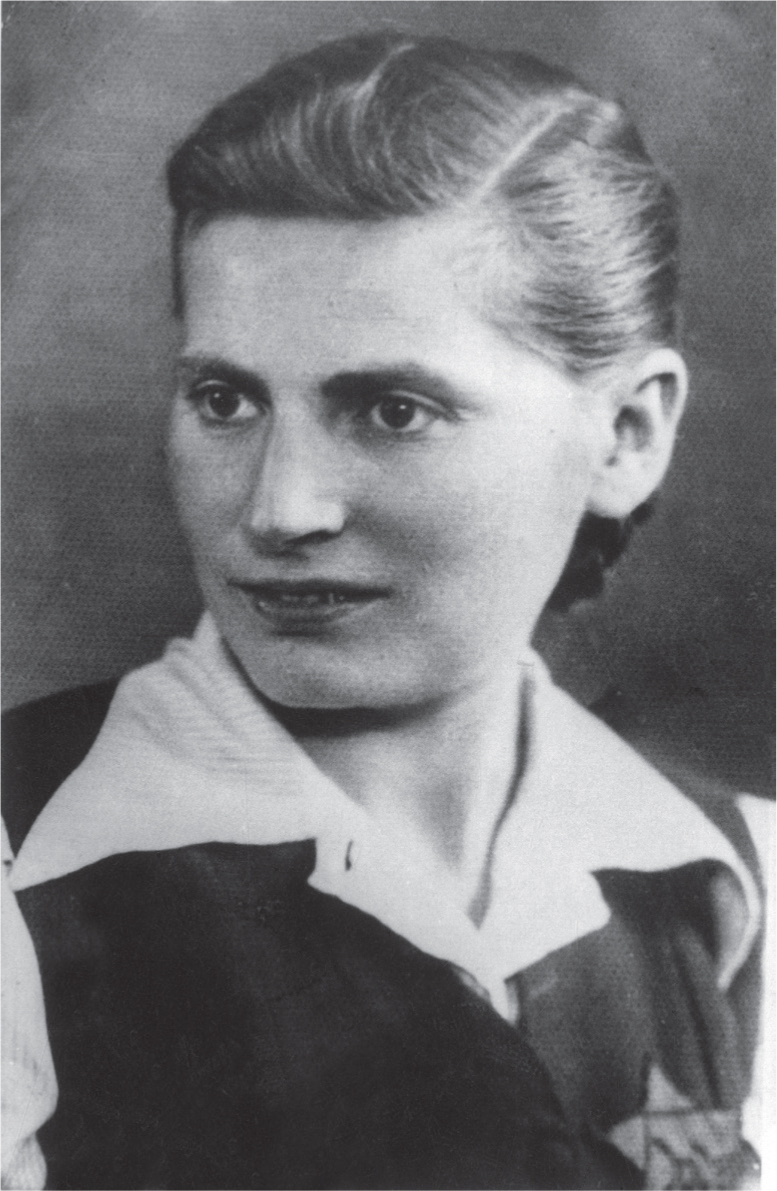
Sarah Kukiełka, 1943. (Courtesy of Ghetto Fighters’ House Museum, Photo Archive)
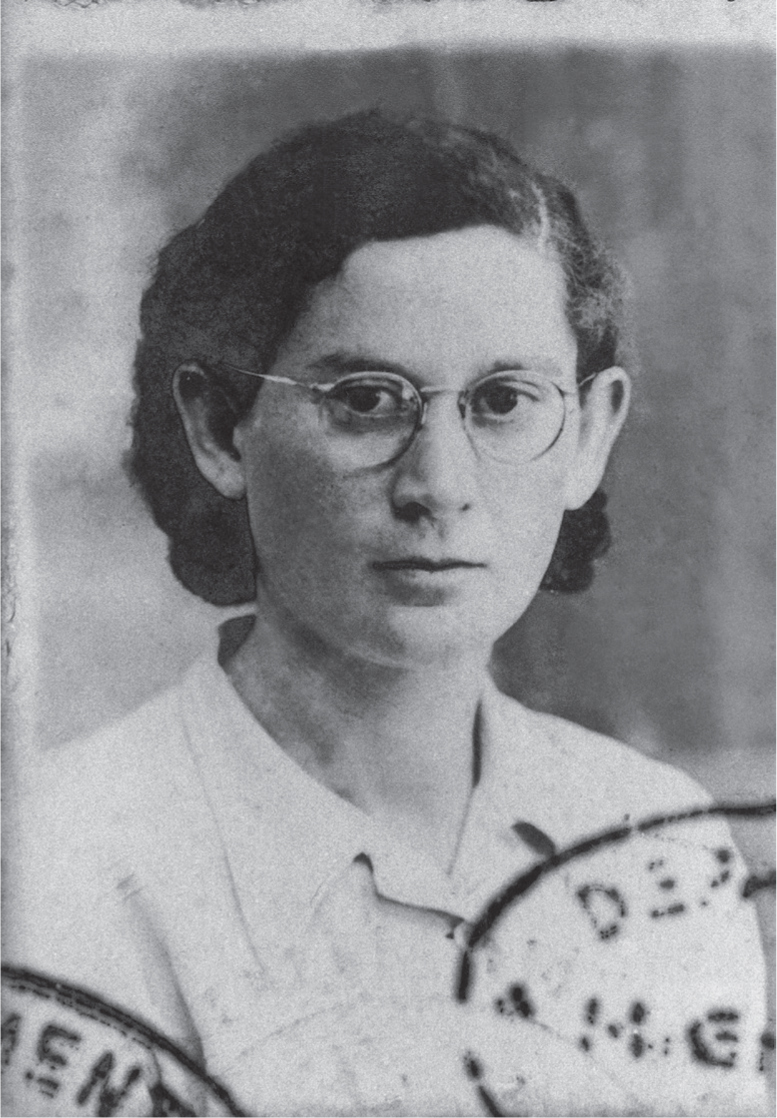
Chajka Klinger, during the war. (Courtesy of Ghetto Fighters’ House Museum, Photo Archive)
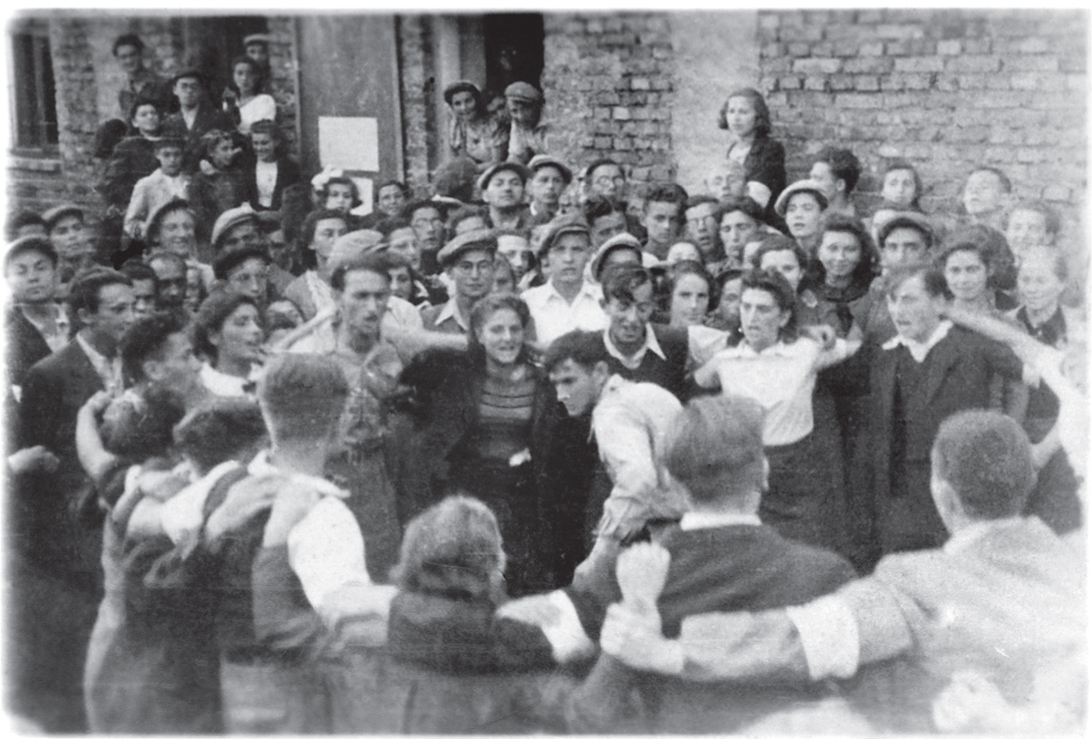
Youth movement members at the agricultural training farm in Będzin, dancing the hora at a party celebrating the birthday of poet Chaim Nachman Bialik, 1943. (Courtesy of Ghetto Fighters’ House, Photo Archive)
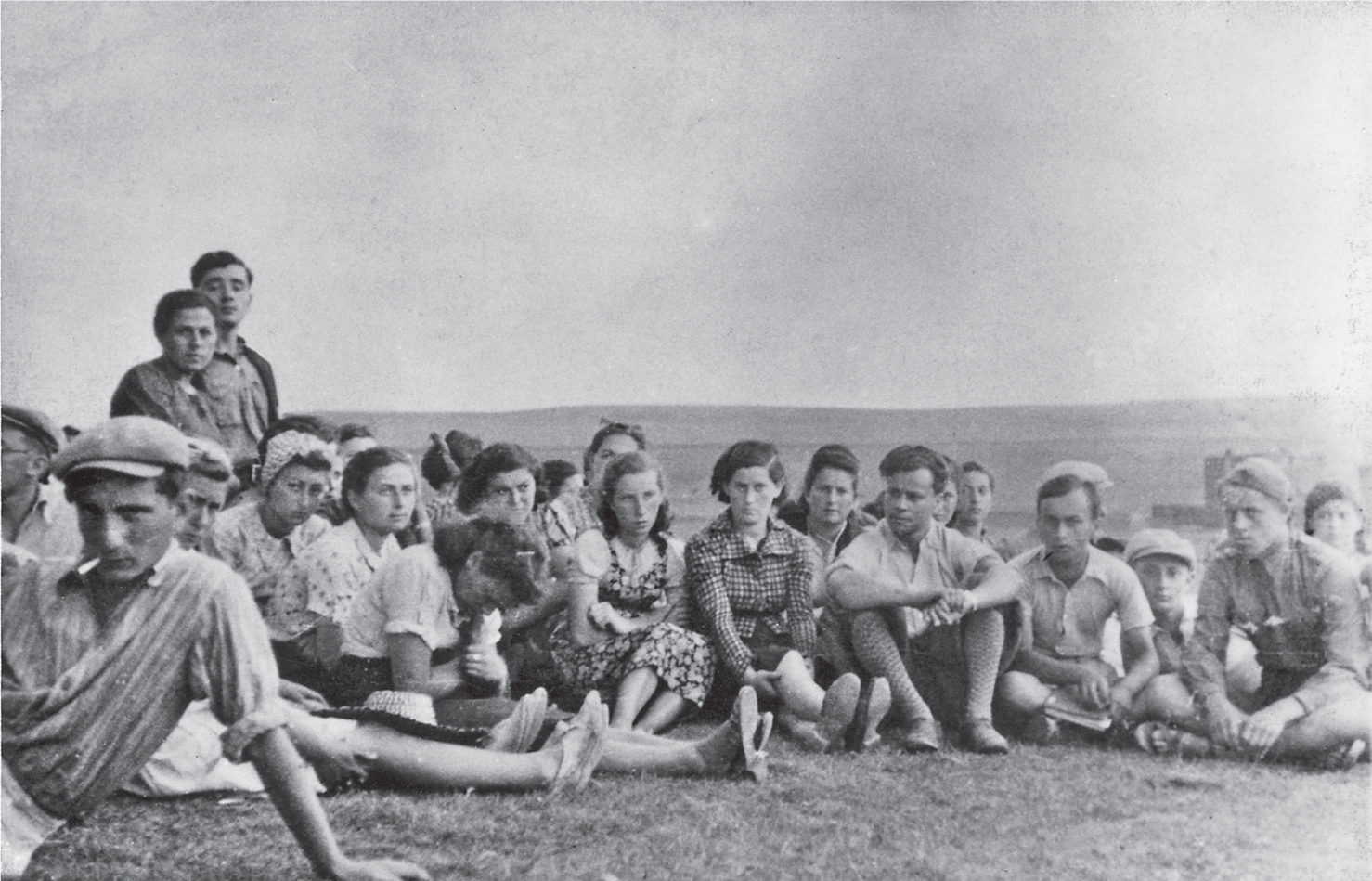
A meeting of Zionist youth at the agricultural training farm in Będzin during the war. Chajka Klinger is in the center. (Courtesy of Ghetto Fighters’ House Museum, Photo Archive)
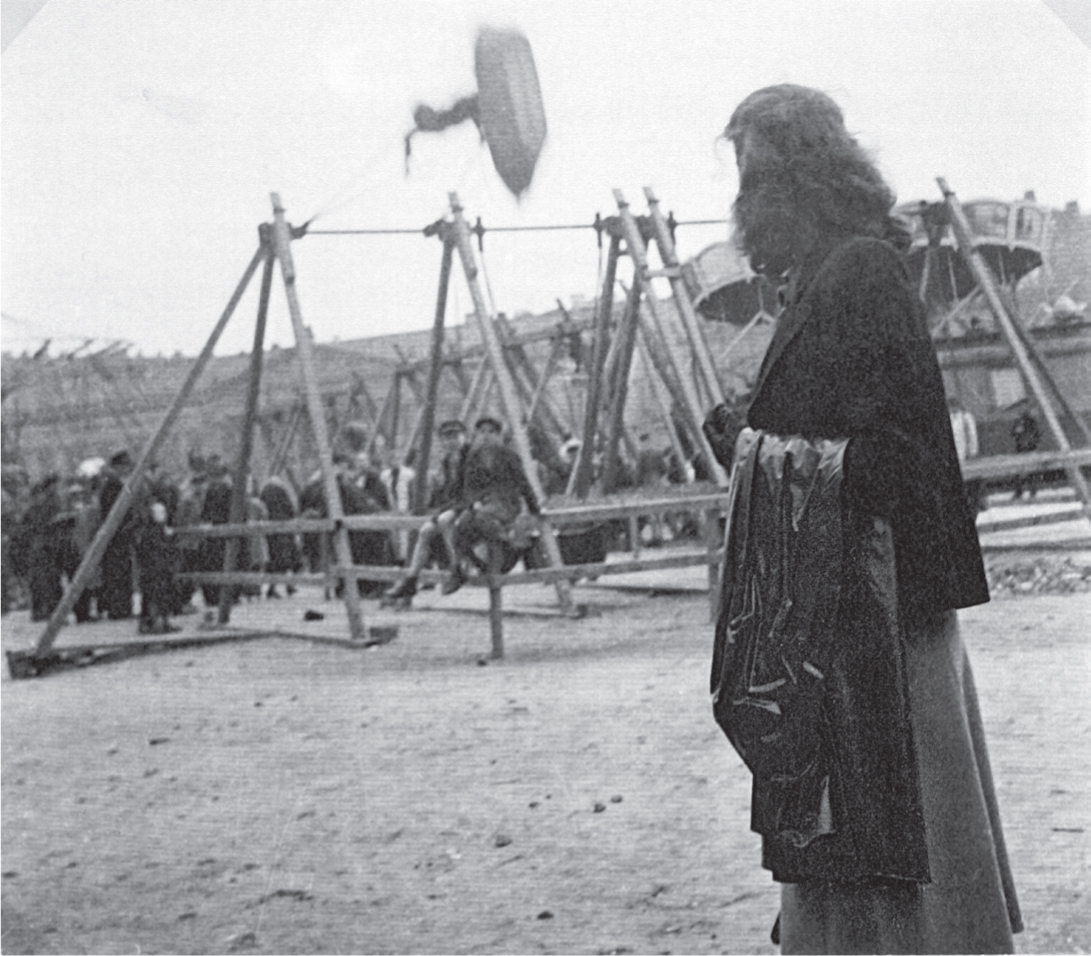
The Funfair in Krasińki Square, next to the Warsaw ghetto. Photograph by Jan Lissowki, April 1943. (Courtesy of the Emanuel Ringelblum Jewish Historical Institute in Warsaw, Poland)
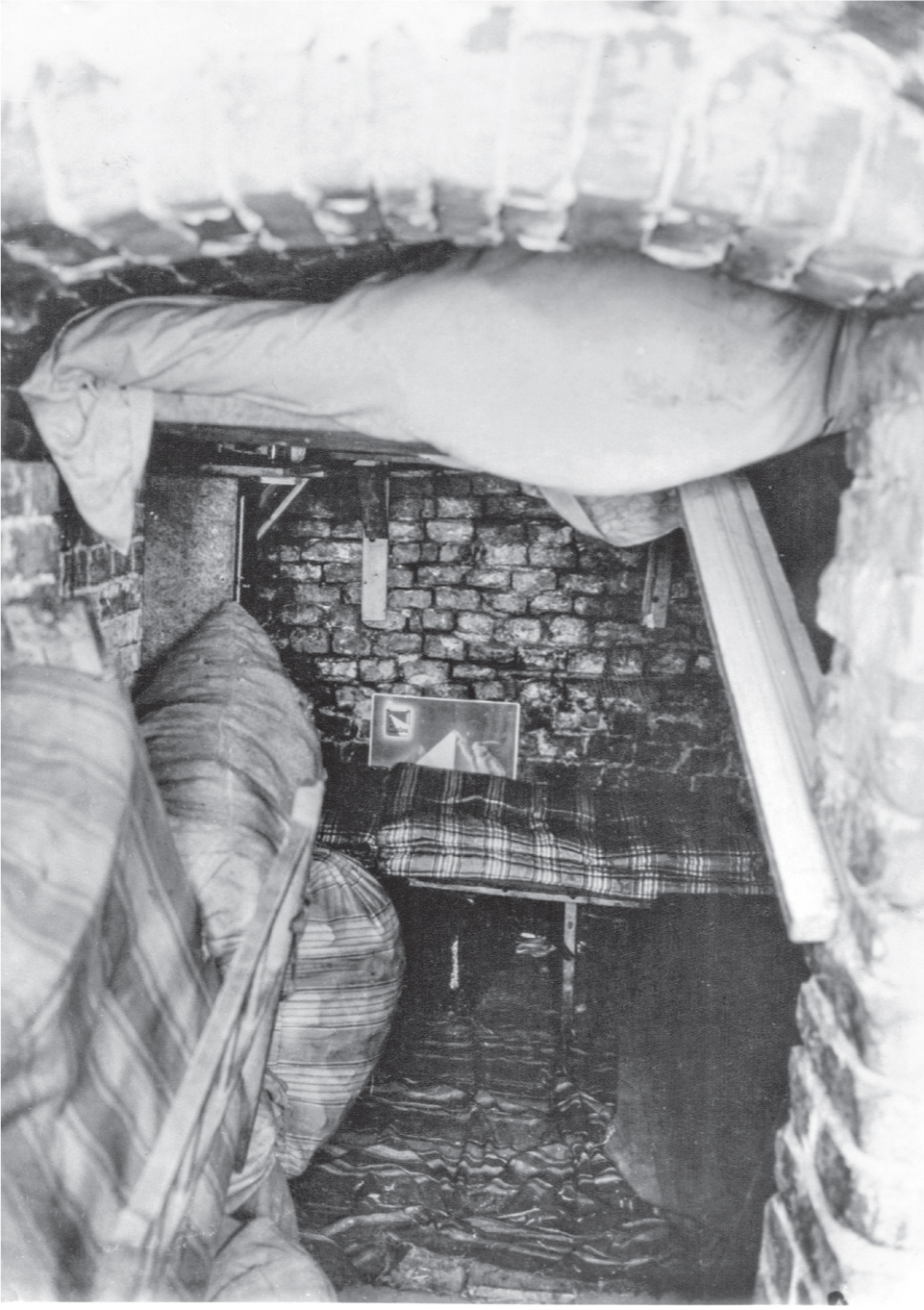
A Nazi photograph of sleeping quarters inside a bunker prepared by the Jewish resistance for the Warsaw ghetto uprising, 1943. The original German caption translates as: “Pictures of a so-called residential bunker.” (United States Holocaust Memorial Museum, courtesy of National Archives and Records Administration, College Park)
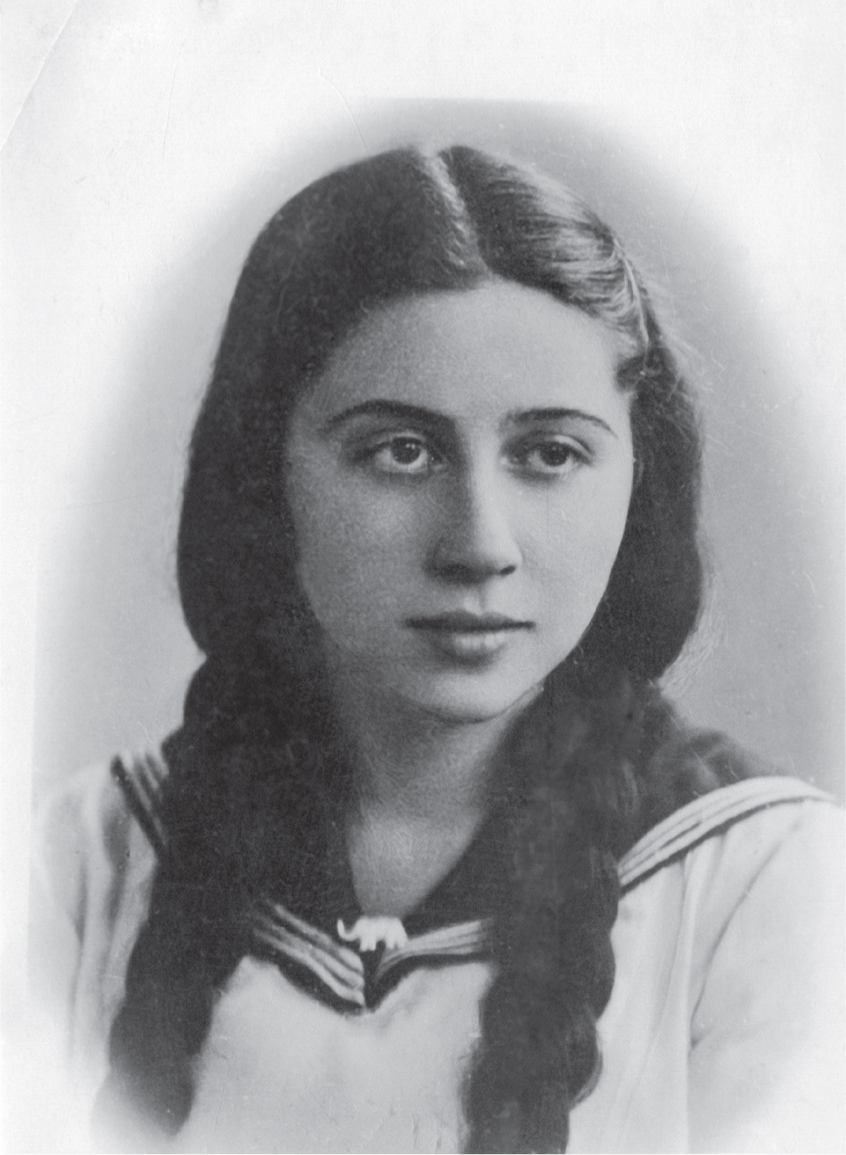
Niuta Teitelbaum as a schoolgirl in Łódź, 1936. During the war, she became known as “Little Wanda with the Braids.” (Courtesy of Ghetto Fighters’ House Museum, Photo Archive)
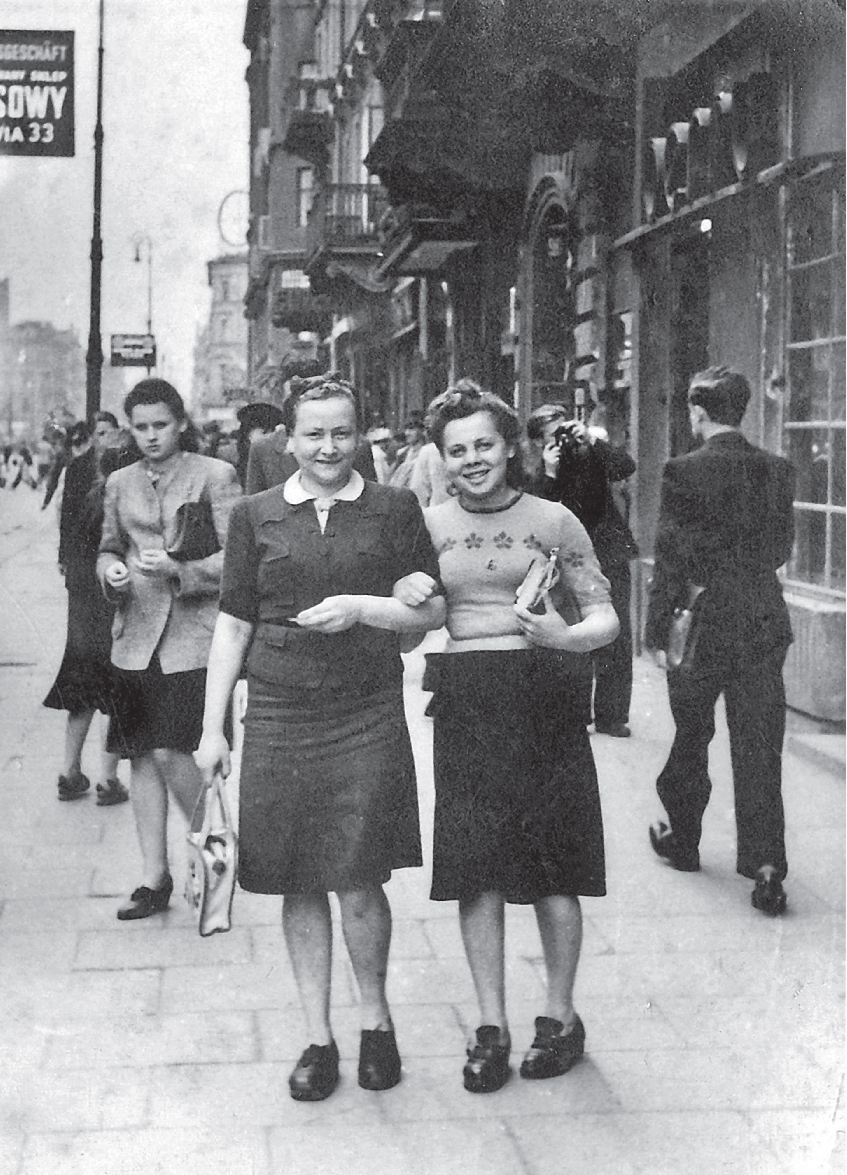
Courier Hela Schüpper (left) and Akiva leader Shoshana Langer disguised as Christians on the Aryan side of Warsaw, June 26, 1943. (Courtesy of Ghetto Fighters’ House Museum, Photo Archive)
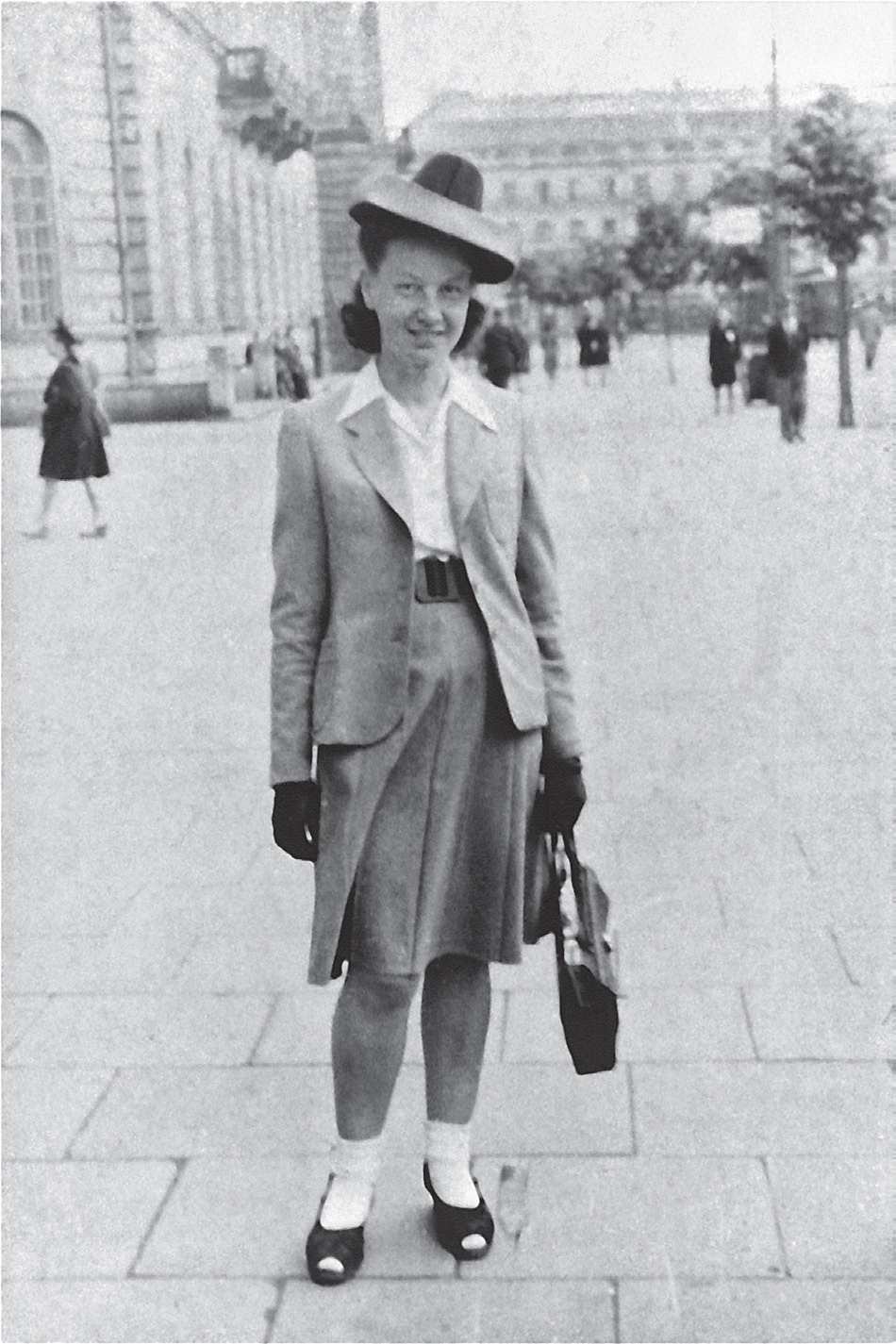
Vladka Meed on the Aryan side of Warsaw, posing in Theater Square, 1944. (The United States Holocaust Memorial Museum, courtesy of Benjamin [Miedzyrzecki] Meed)
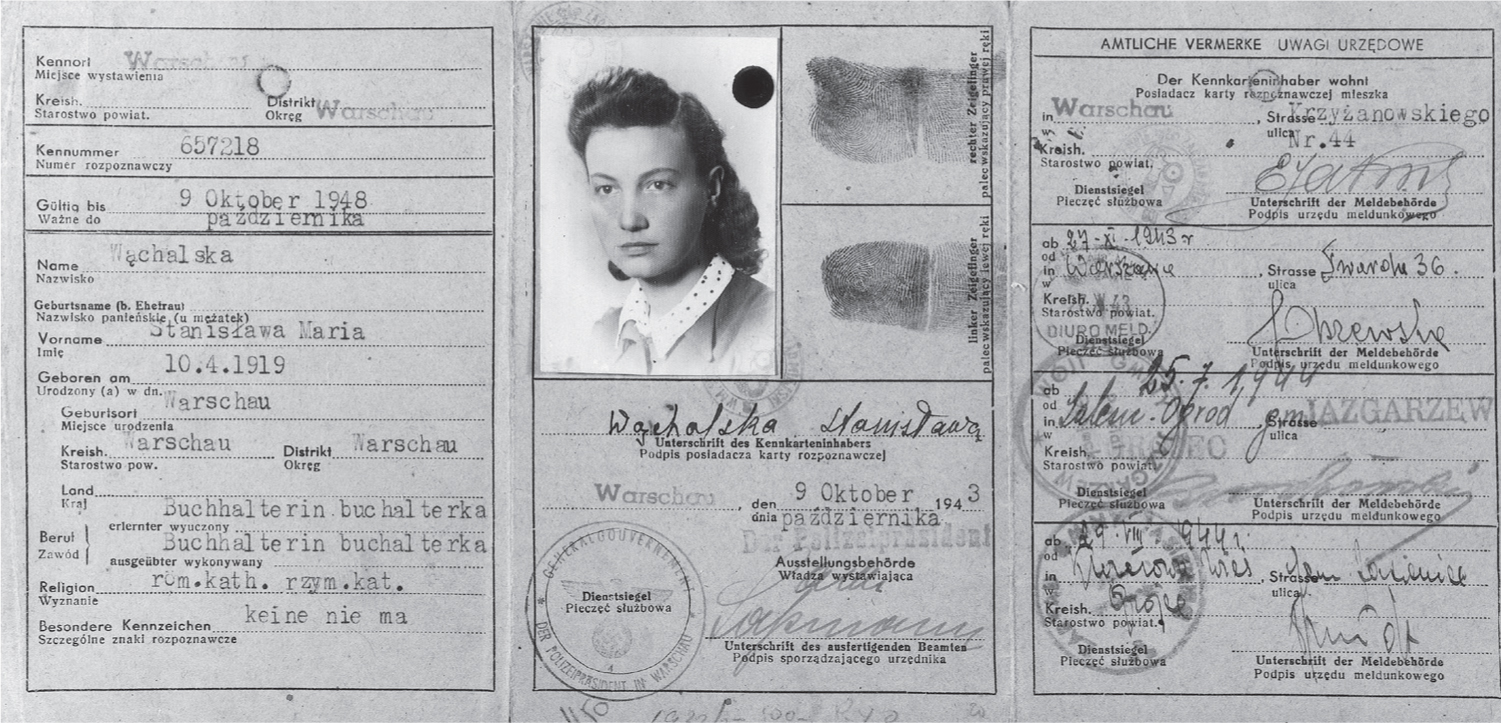
Vladka Meed’s false identification card, issued in the name of Stanisława Wąchalska, 1943. (United States Holocaust Memorial Museum, courtesy of Benjamin [Miedzyrzecki] Meed)

Faye Schulman assisting at an operation for a wounded partisan. (United States Holocaust Memorial Museum, courtesy of Belarusian State Museum of the History of the Great Patriotic War)
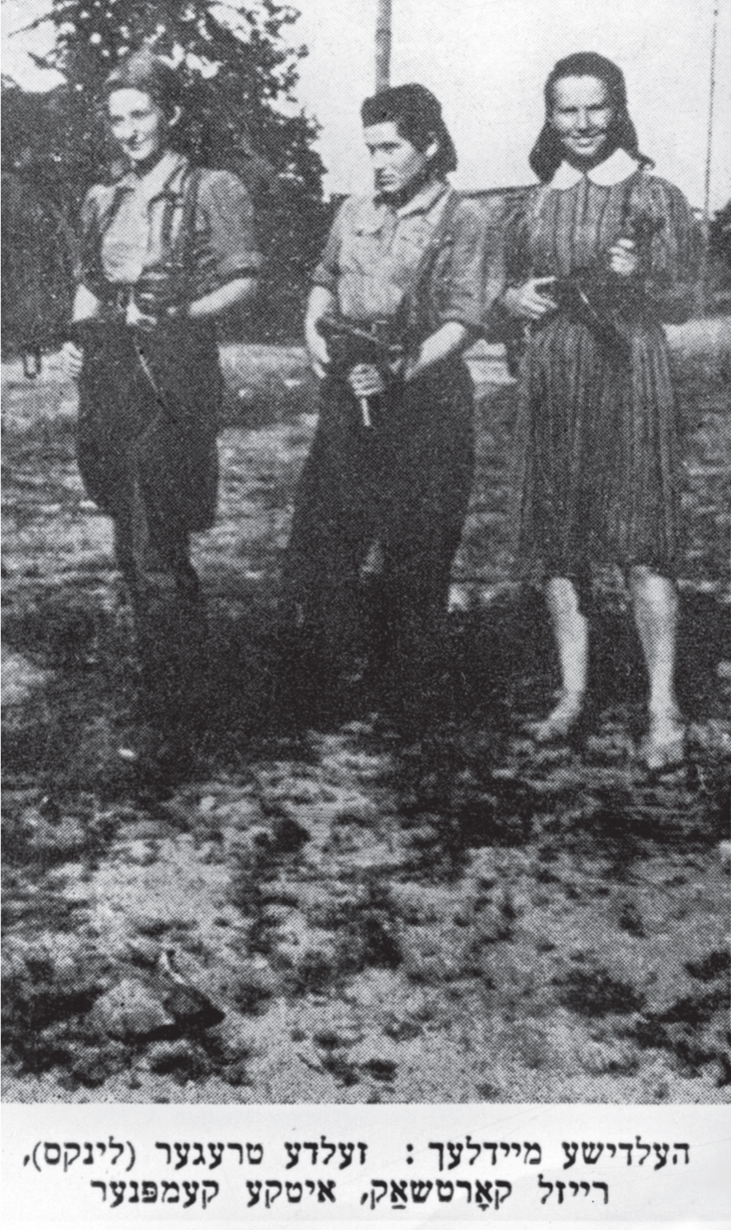
Left to right: Vitka Kempner, Ruzka Korczak, and Zelda Treger. (Courtesy of Yad Vashem Photo Archive, Jerusalem. 2921/209)

A partisan dugout in the Rudniki forest, photograph taken in 1993. (Courtesy of Rivka Augenfeld)
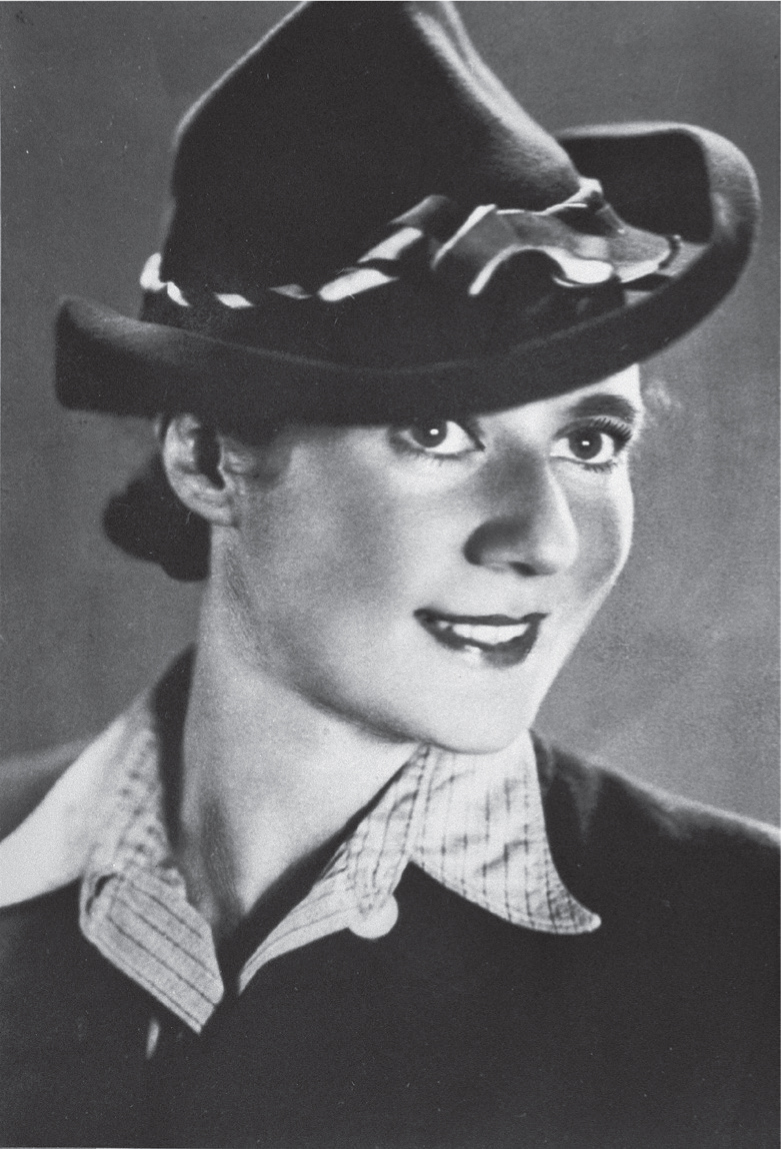
Portrait of Ala Gertner in Będzin, 1930–39. (United States Holocaust Memorial Museum, courtesy of Anna and Joshua Heilman)
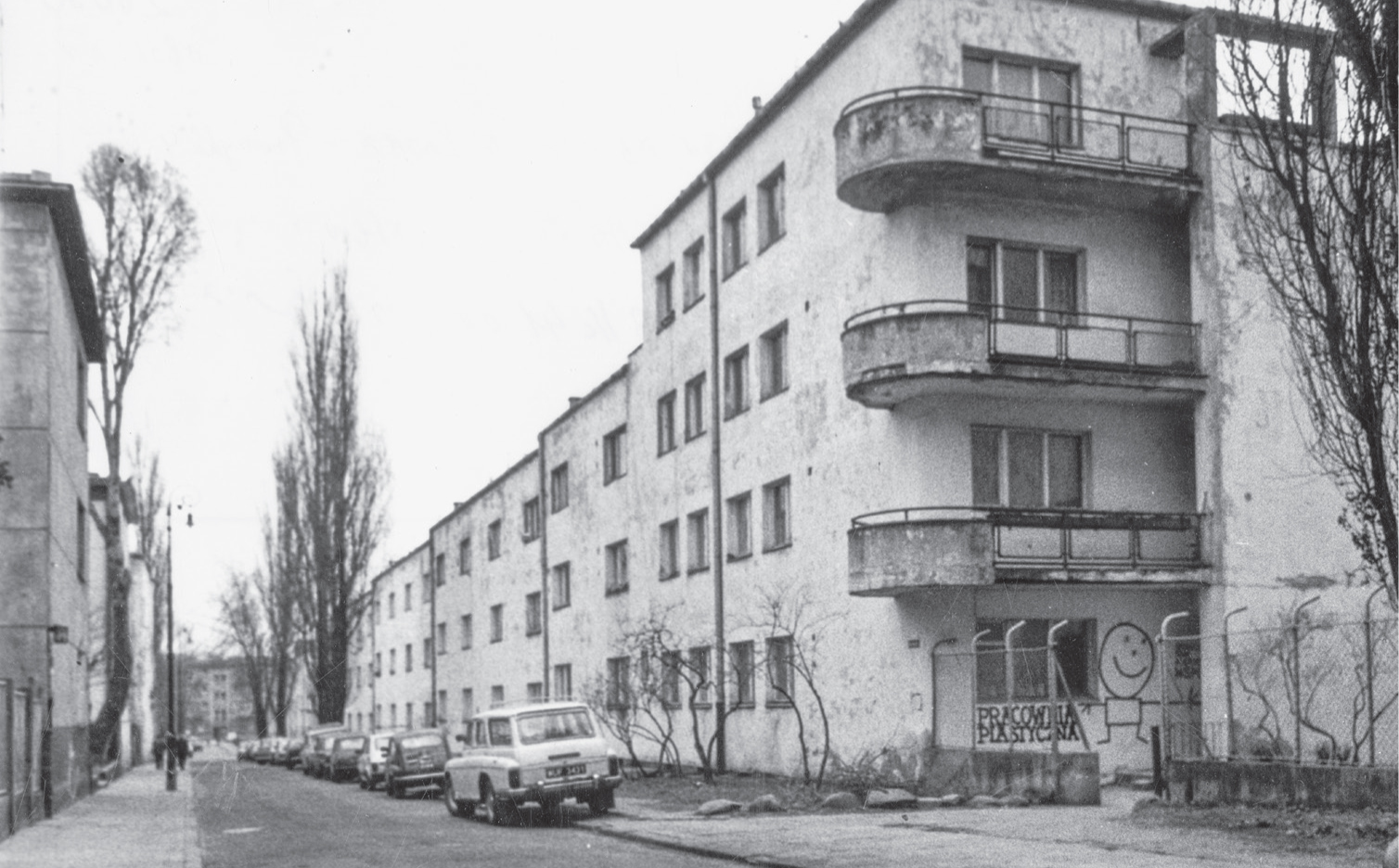
No. 41 or No. 43 Promyka Street, on the Aryan side of Warsaw. Zivia Lubetkin and her comrades hid in the cellar after the Warsaw Uprising of 1944. (Courtesy of Ghetto Fighters’ House Museum, Photo Archive)
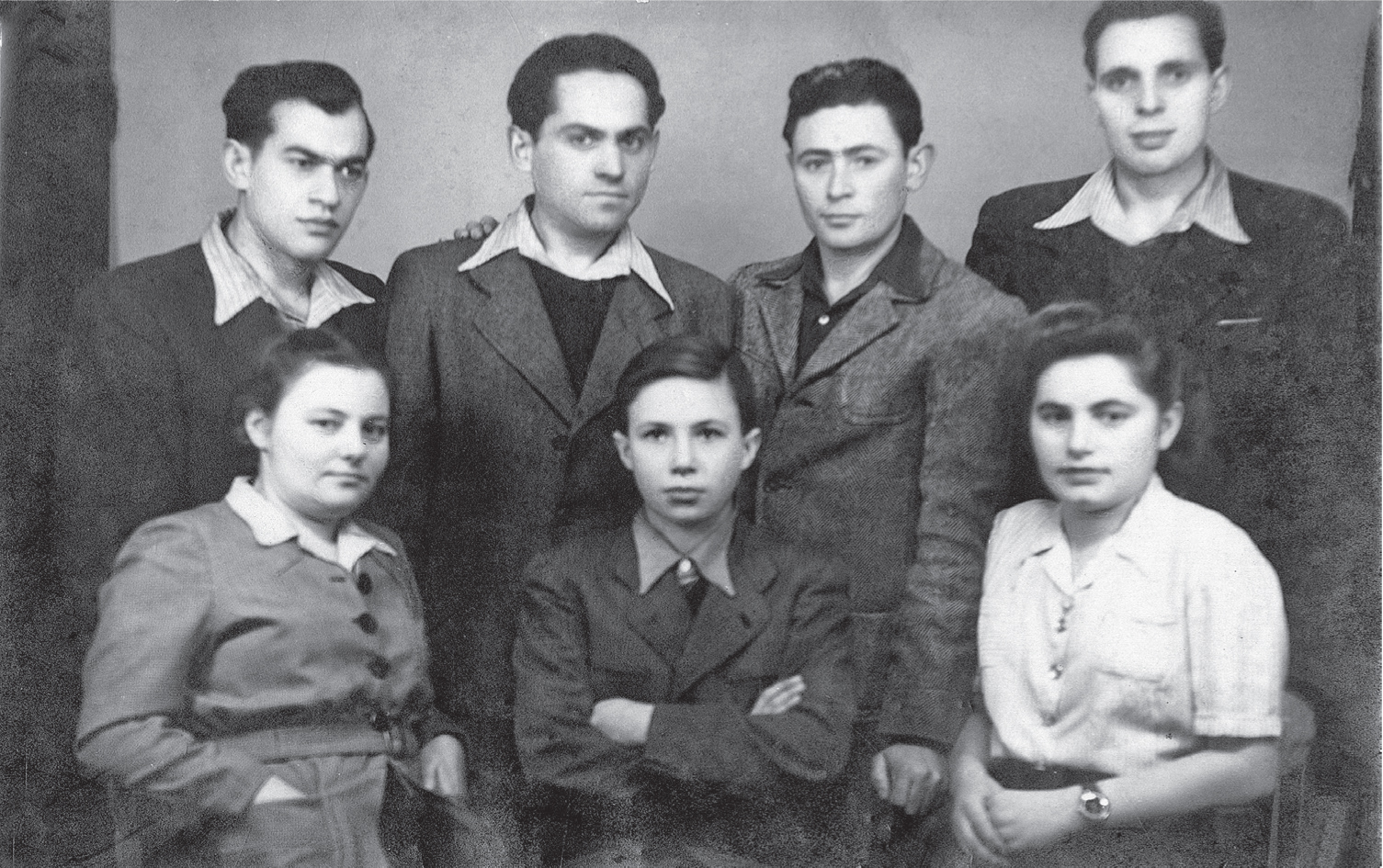
Freedom comrades in Budapest, 1944, including Renia Kukiełka (bottom right), Chawka Lenczner (bottom left), Max Fischer (top left), Yitzhak Fiszman (top row, second from the right, and “little Muniosh” (Moniek Hopfenberg, bottom center). (Courtesy of Ghetto Fighters’ House Museum, Photo Archive)
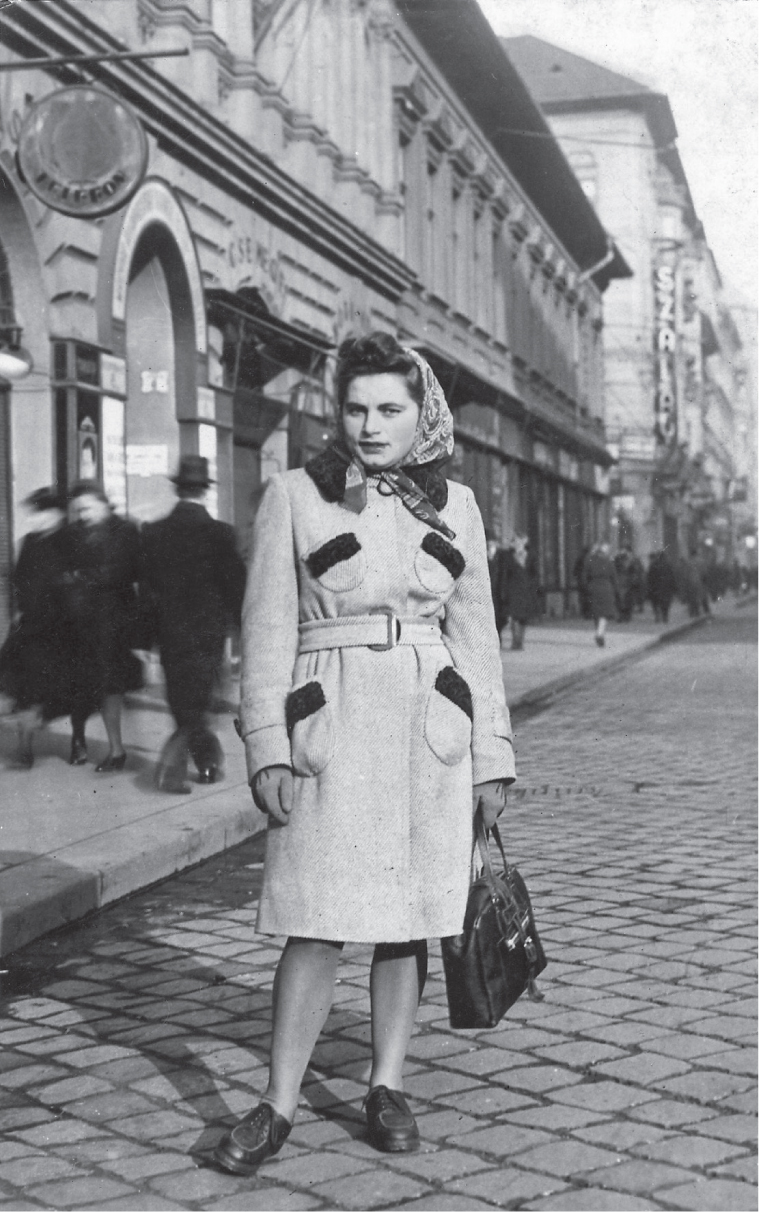
Renia Kukiełka in Budapest, 1944. (Courtesy of Merav Waldman)
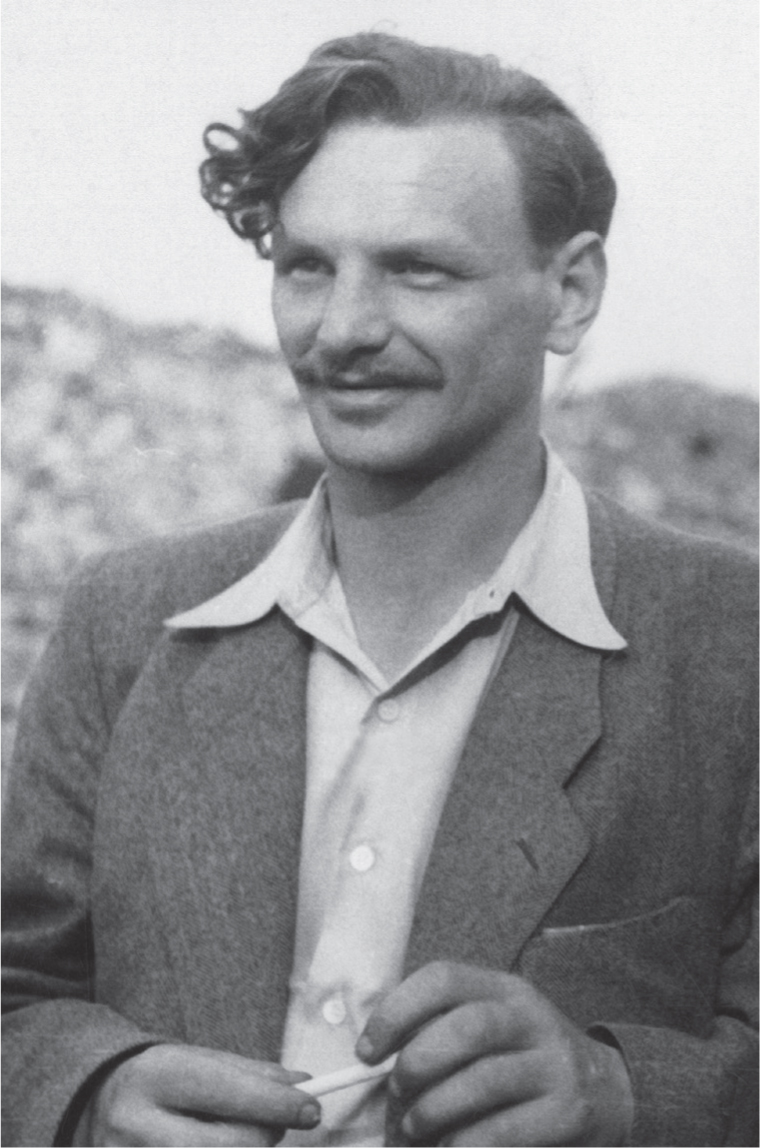
Antek (Yitzhak) Zuckerman, Warsaw, 1946. (Courtesy of Ghetto Fighters’ House Museum, Photo Archive)
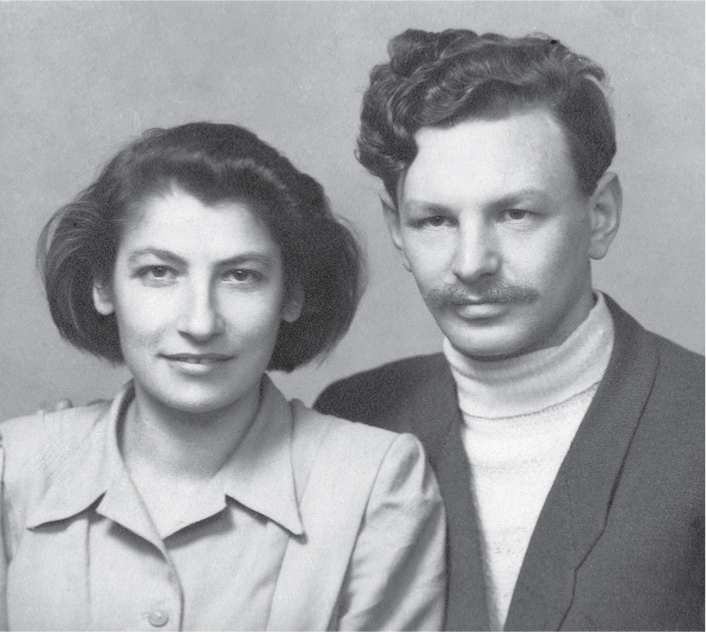
Zivia Lubetkin and Antek (Yitzhak) Zuckerman, after the war. (Courtesy of Ghetto Fighters’ House Museum, Photo Archive)
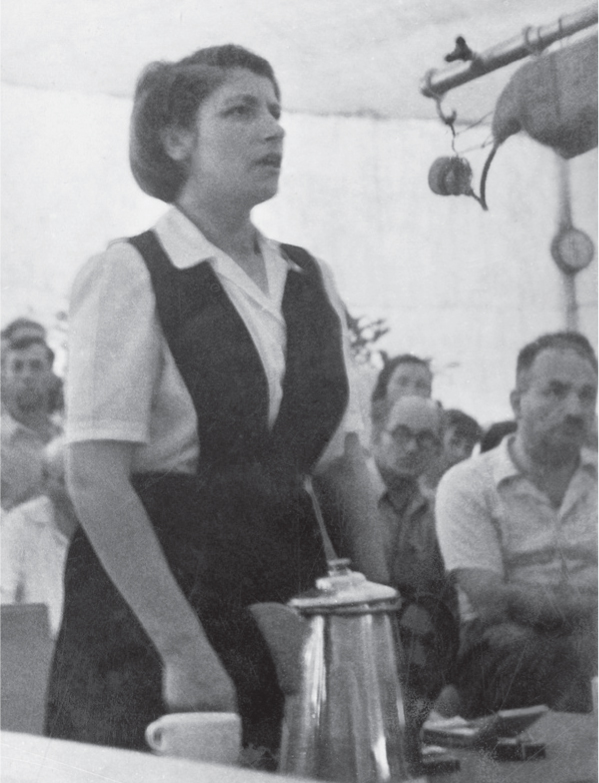
Zivia Lubetkin speaking at Kibbutz Yagur, 1946. (Courtesy of Ghetto Fighters’ House Museum, Photo Archive)
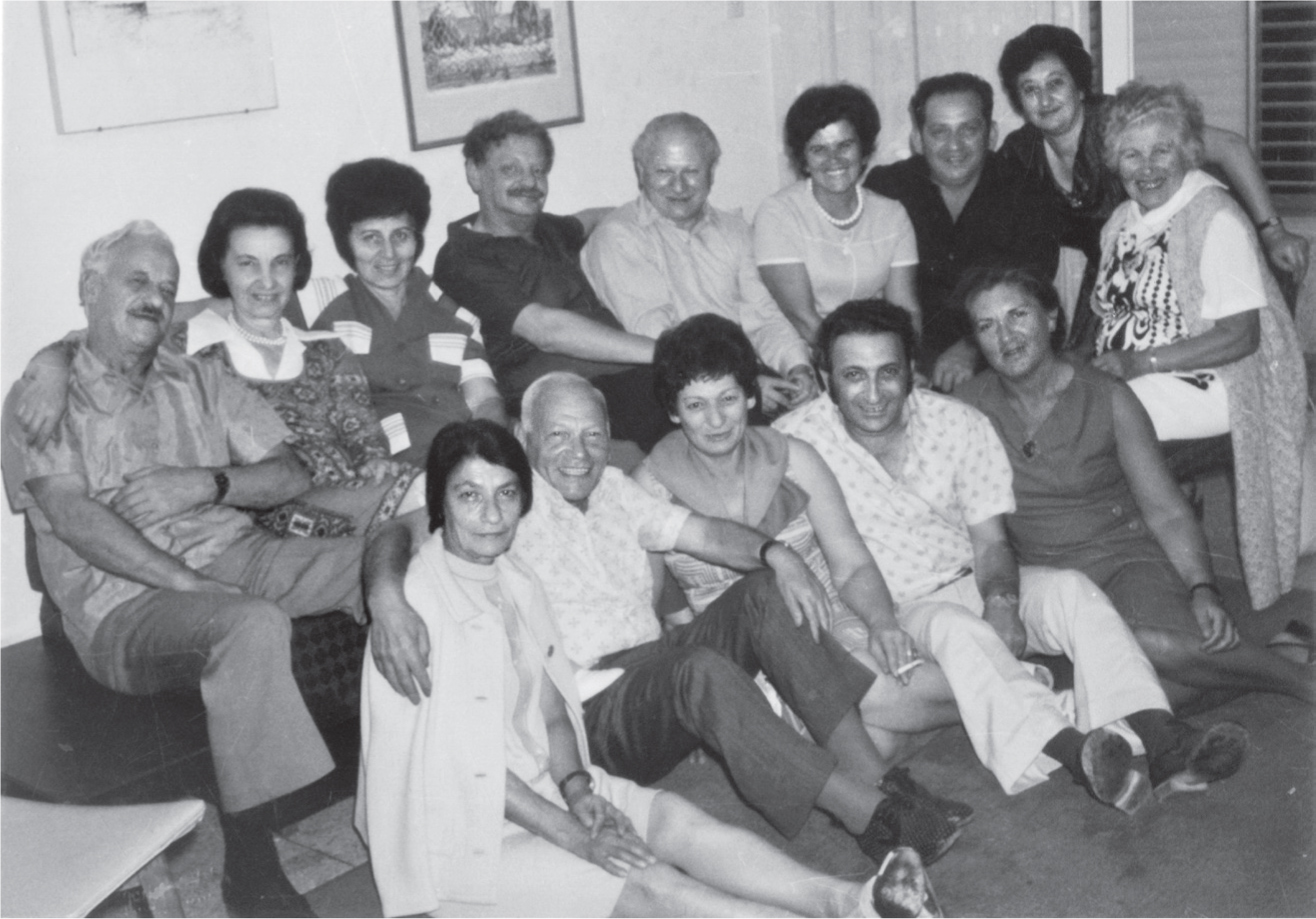
Former Warsaw ghetto fighters and their families at the Ghetto Fighters’ House in 1973. Figures include: Zivia Lubetkin (bottom row, left), Vladka Meed (top row, second from the left), Pnina Grinshpan Frimer (top row, third from left), Benjamin Meed (top row, fifth from the right), Yitzhak (Antek) Zuckerman (top row, six from the right), Masha Futermilch (top row, second from the right). (Courtesy of Ghetto Fighters’ House Museum, Photo Archive)
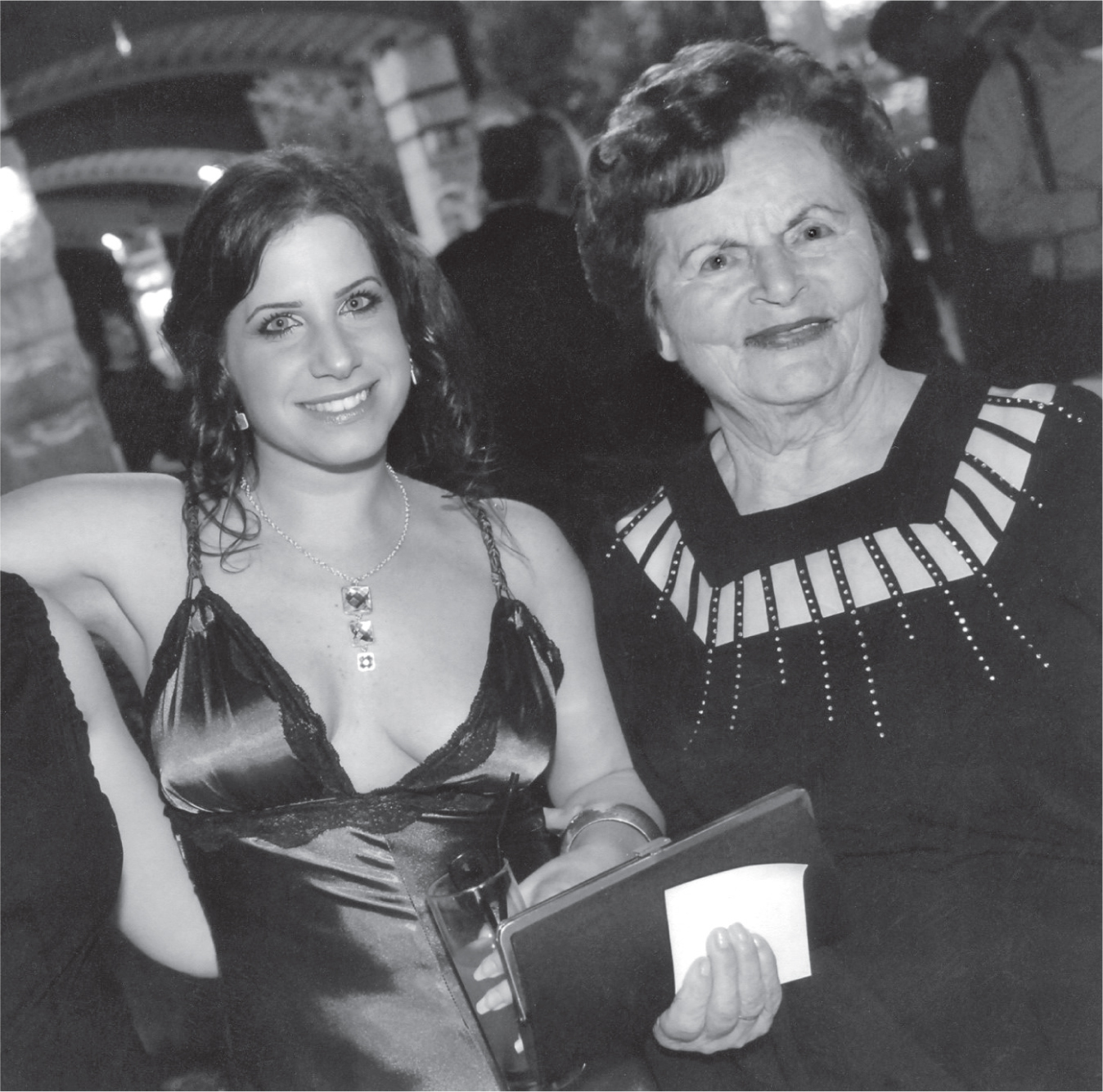
Renia Kukiełka and her eldest granddaughter, Merav Waldman, at Merav’s sister’s wedding, Israel, 2008. (Courtesy of Merav Waldman)